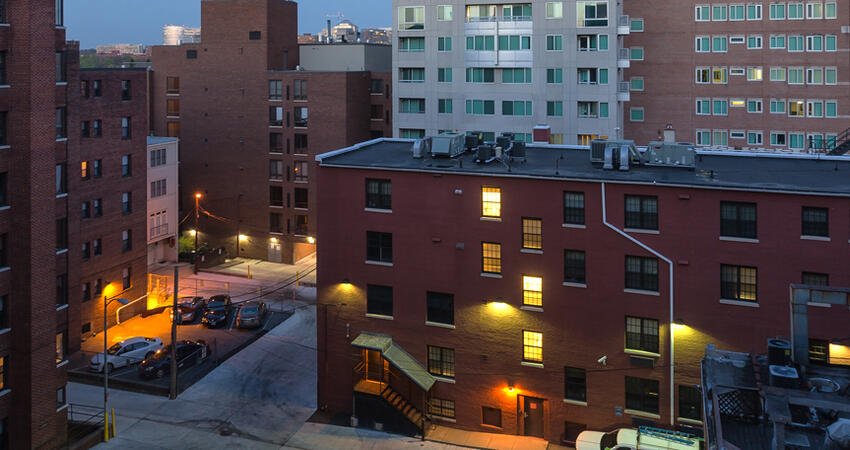
DC’s Eviction Filings Are Down. Are High Rents to Blame?
by Maya Brennan
Despite high rents in the District of Columbia, annual reports from the DC courts show a downward trend in eviction filings. The number of evictions filed by landlords fell from 48,000 in 2003 to just over 31,000 in 2017. During a period in which DC added renter households, why would eviction filings go down?
According to local legal experts, a drop in eviction filings could be a trailing indicator of DC’s changing rental market. Urban Institute analysis found that, between 2005 and 2012, DC lost around 31,000 low-cost rentals (i.e., those with rents less than $800 per month in 2012 dollars), cutting the supply of low-rent units nearly in half. Meanwhile, the District added to its supply of rentals charging $1,500 or more per month.
How could higher rents lead to fewer eviction filings?
First, evictions do not affect all renters equally. Most eviction cases filed in the courts are for nonpayment of rent. Low-income renters are more likely to stretch their budgets beyond the typical housing affordability threshold, sometimes by a lot. This leads to greater eviction risks. High-income renters are less likely to experience housing cost burdens and therefore have a lower risk of eviction.
The reduction in filings “probably reflects the shrinking pool of affordable housing,” said Beth Harrison of the Legal Aid Society of the District of Columbia. As Harrison describes it, eviction filings may be lower if the number of households at risk of eviction has gone down—that is, if low-income renters have already been displaced. As strange as it may sound, DC may have grown too unaffordable for evictions.
Second, when low-rent units are scarce, new occupants could move in more quickly if tenants leave on their own. Jennie Netburn of the DC Bar Pro Bono Center posits that high demand and a shortage of affordable rentals could lead to more buyouts when renters fall behind.
If the landlord and tenant can negotiate a move-out agreement before the landlord files in court, the tenant avoids a public eviction record and the landlord avoids further rent loss, filing and writ fees, and the cost of an eviction move-out crew. The shortage of affordable rentals could therefore make the formal eviction process less desirable for landlords whose tenant has fallen behind.
What other factors are at play?
These are not the only possible explanations. The sharper drop between 2009 and 2010, for example, coincides with a sharp increase in the high-rent supply in the District, but also with the Protecting Tenants at Foreclosure Act of 2009, which prohibited evicting a tenant simply because the landlord lost the home in foreclosure.
Although DC law already protected tenants against eviction in these cases, Harrison notes that some filings during the foreclosure crisis sought to evict tenants living in foreclosed properties. Did greater awareness of tenant protections lead to a drop in filings, or did other policy, process, or market factors contribute to the downward trend?
Each of these questions is worth further research, not just to know the answer but to use evidence to improve policies for low-income renters while assuring the continued viability of the low-rent supply.
This post was originally published on Urban–Greater DC, an initiative of the Urban Institute.